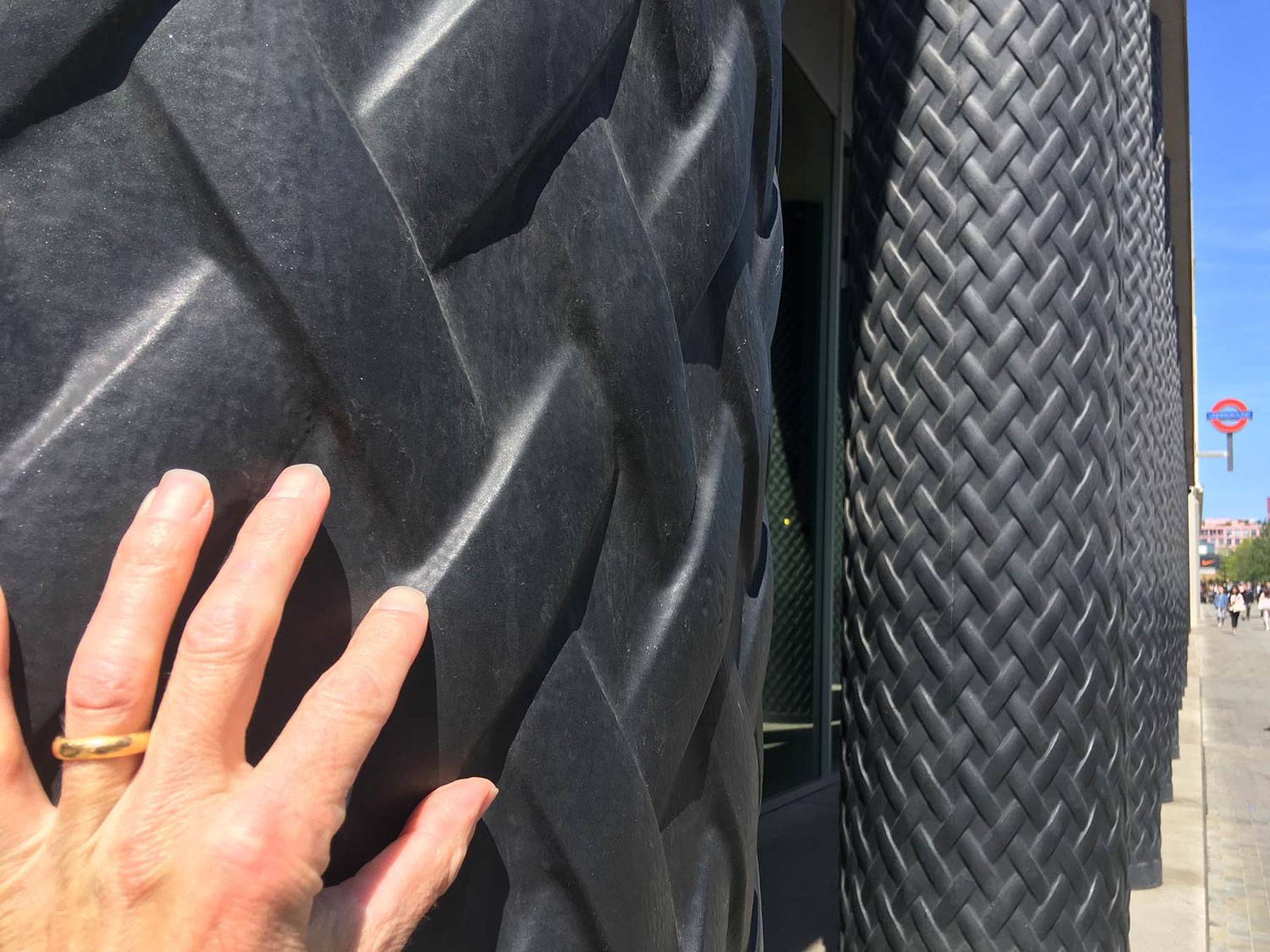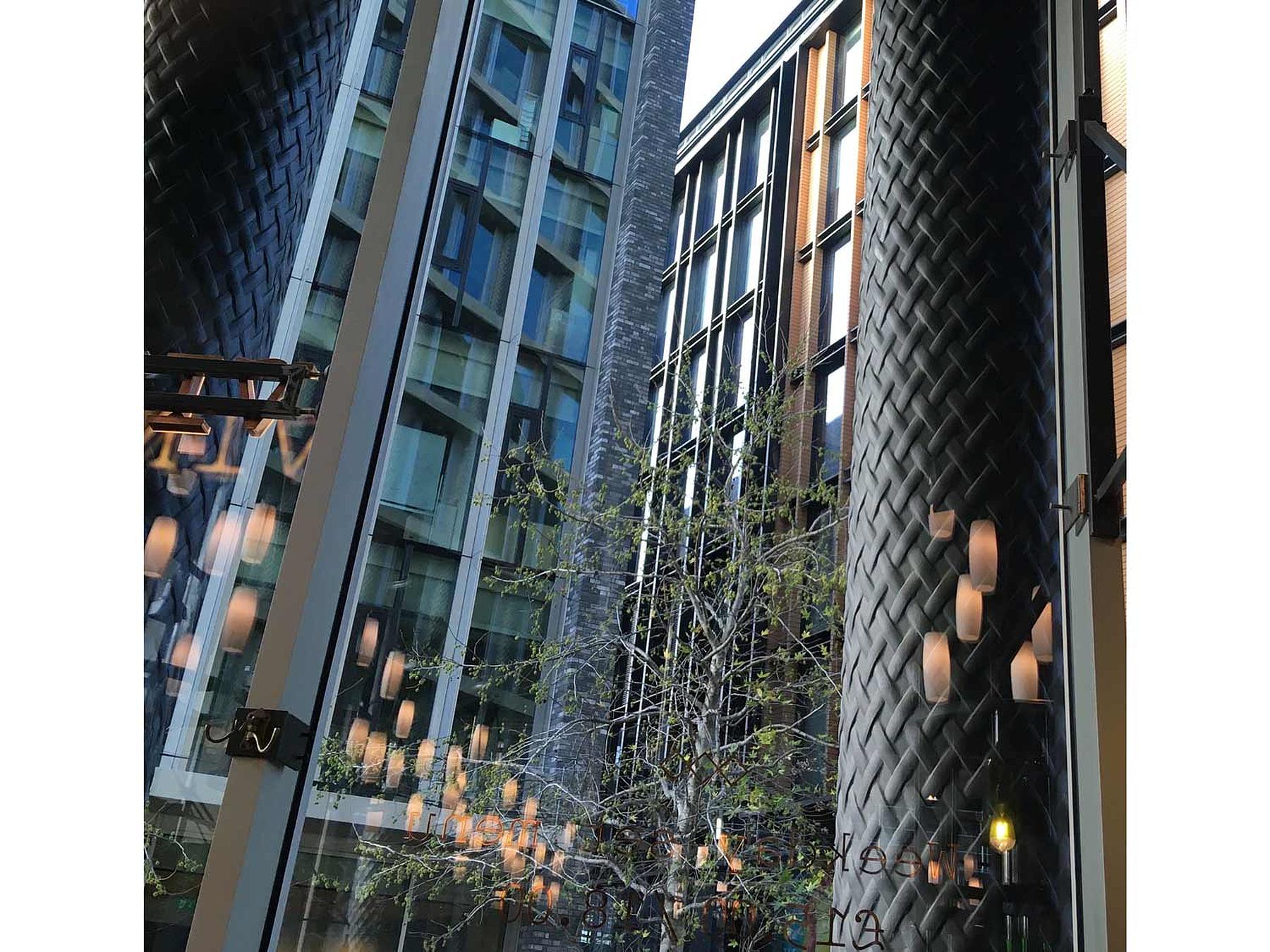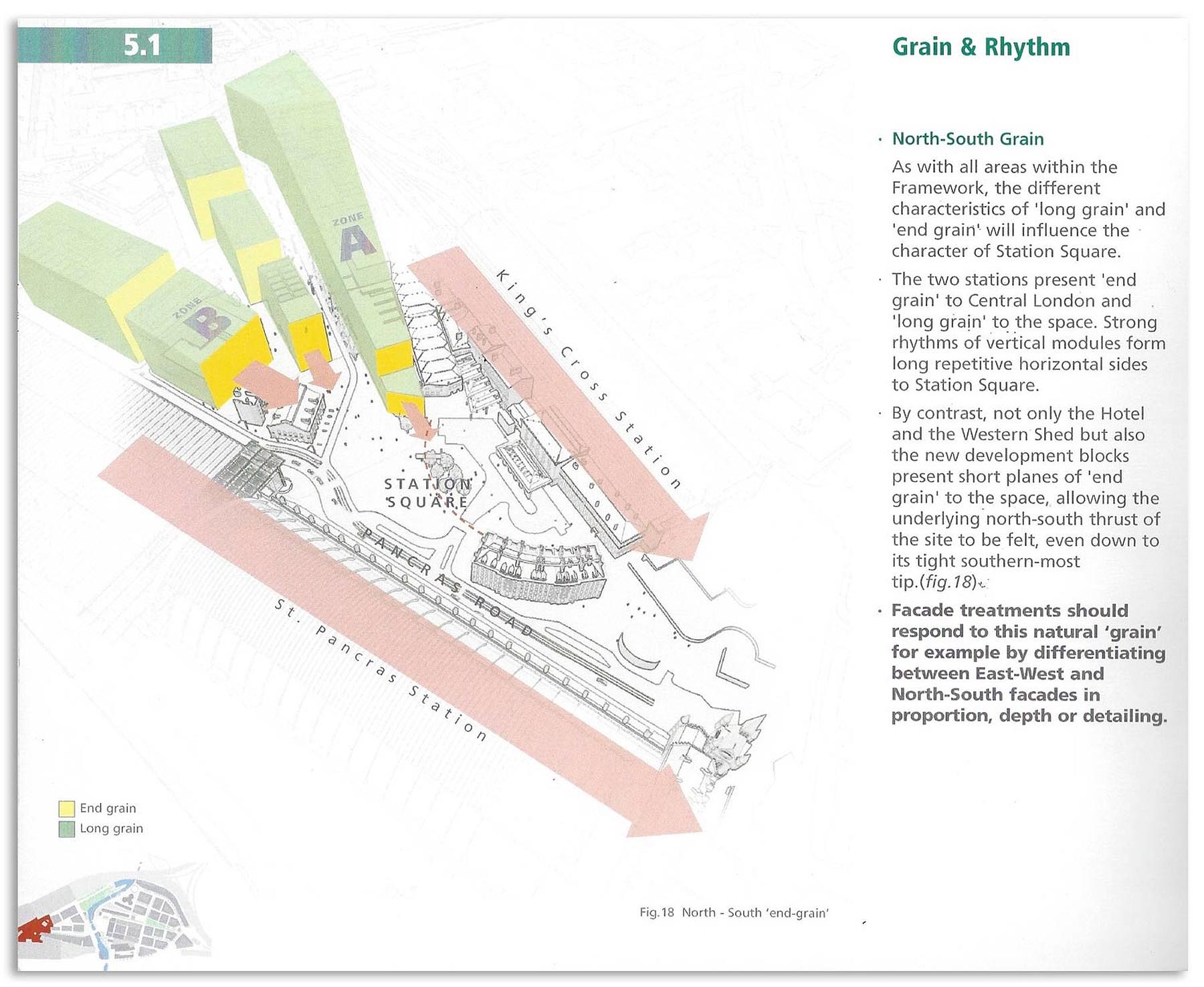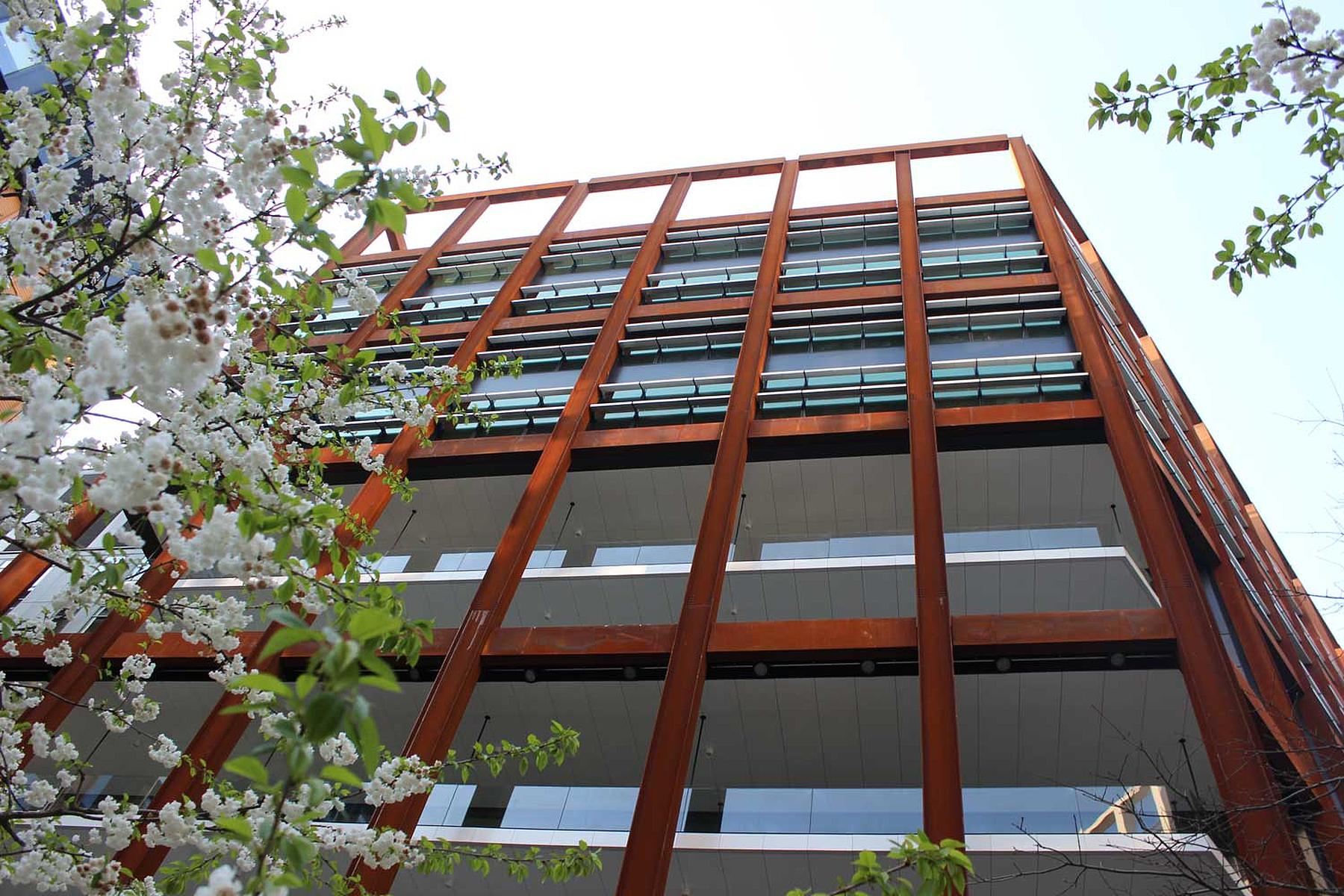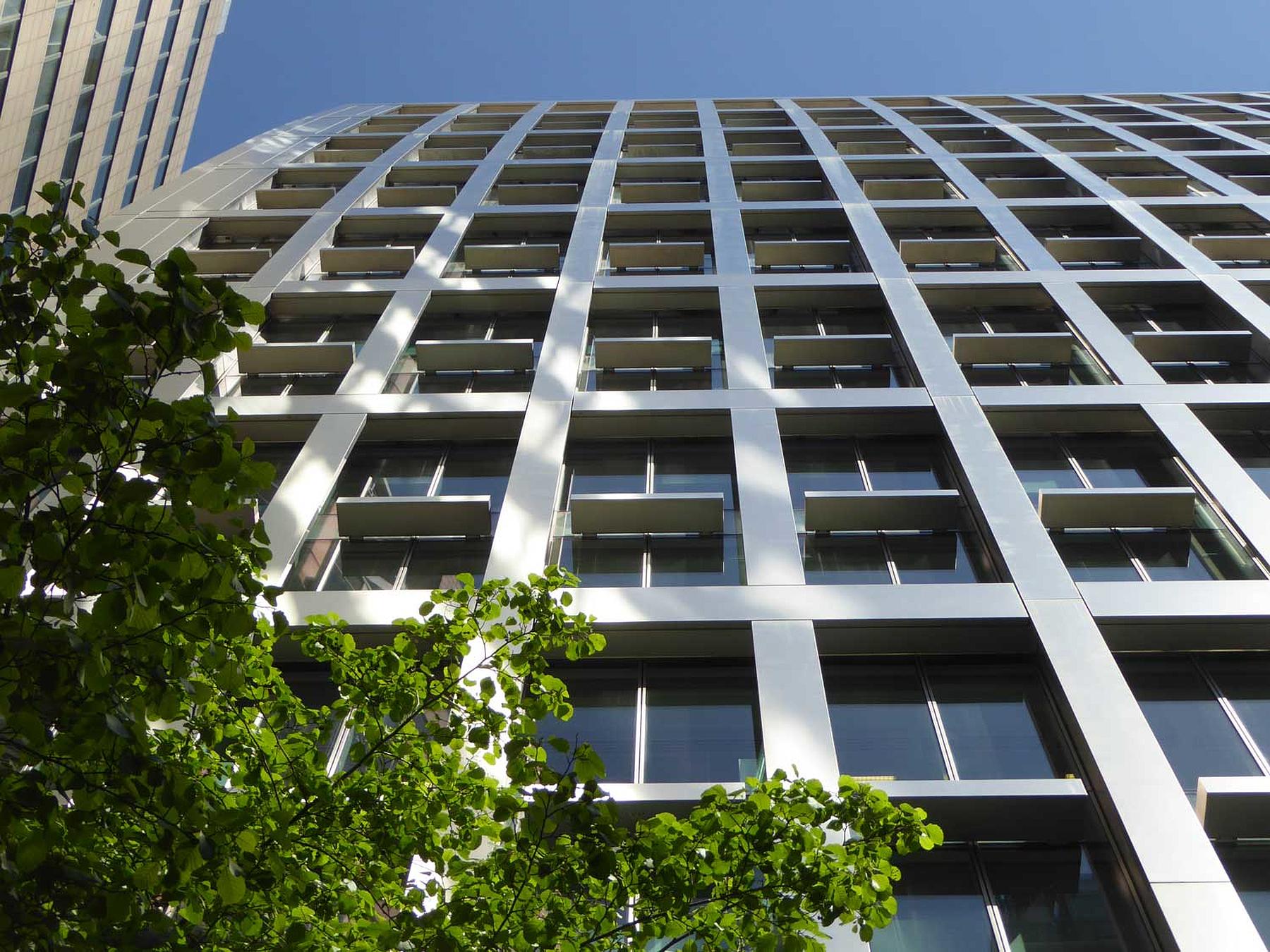Finding the Extra in The Ordinary: Part Two
A few days ago I was thinking about ordinariness and ‘that most un-mysterious of mysteries’; finding the extraordinary in the ordinary; a process of sublimation - either through a creative process of transformation or reinvention, or simply through perception; seeing things with fresh eyes. I used the analogy of a magnum of Good Ordinary Claret which, if it was a building, would be beautiful, delicious, substantial, affirmative, and would be easy to like (and hard not to like).
So moving from wine to architecture, what do I mean ? Can I think of some examples ? A quick cycle from Kings Cross to the City bears good fruit.
CHUNKINESS AND PATINA
First stop Kings Cross. As we arrive between the two stations, we are greeted by a simple solid block with deep south-facing balconies and chunky round columns. This is 1 Pancras Square designed by David Chipperfield for Argent Related. Its primary facade makes you want be up there on those balconies looking down; meanwhile being down here looking up is pretty good too.
It is a building of generosity and tactile patina. As you draw closer to those columns they are textured like woven baskets and have the pleasing roughness of cast iron.
Remembering the days of the Guidelines for King’s Cross, it is pleasing for me to see how the notion of end-grain and long-grain is made manifest – so much part of the site’s original root-character.
1 Pancras Square as a building, in all its tough elegance, feels ‘at home’ in its location – it is very King’s Cross. By being a building which makes visual and sensory connections, it plays its part too in making us feel ‘at home’ in this much-loved, and recently re-born part of London; as a place to work, dwell, wander, have a drink with friends or get to know over time, and remember years hence.
SCALE AND PLACES
A few steps away we find another modest masterpiece in the form of Number 4 Pancras Square by Eric Parry.
This most tangible of buildings commands the square on one side and on the other presides over the Canal. It calmly gives confidence to its two neighbours as the ‘grand backdrop’ to Granary Square; a triptych, now waiting for the fourth member of the group in the form of Google by Heatherwick and Big.
As with Number 1, this mighty but loveable building makes me want to reach out and touch. From a distance, I do this in my mind; and from close up, with my hands, it is nice to feel its absolute solidity – an assurance which enhances my sense of where I am.
We always likened Pancras Square to the Campidoglio in Rome – in scale, shape, connectivity and group value – and, like the venerable buildings there, these two simple but fine office buildings manage to be both of their time and timeless.
SERENE ARCHETYPE
A mile and a half to the East, where Wood St meets London Wall, is another of Eric Parry’s milestone buildings; 5 Aldermanbury Square for Scottish Widows, which for me points well towards the way things ought to be.
While its surface shimmers in blasted stainless steel, its split form peels lightly away; enhancing perceptions almost imperceptibly, both from afar and up close. Like a simple tune, backed by a transcendant chord, and with a natural progression from beginning to middle to end, this pleasingly familiar piece of the City feels almost supra-real.
Richness and elaboration is structured here in layers, each one held within a framework of powerful simplicity, solidity and depth; but this design does not suffer from inhibition, and has no need of the security blanket of overt complexity which many architects who are governed more by intellect than by intuition cling to. Aldermanbury is indeed complex, but not in that way. Rather, its intrinsic complexity is embedded within some very basic architectural motifs; the entasis of its curved volume; its eroded base; its deeply carved form and surface.
So, bravo all three: good ordinary city-making buildings (very very good in fact).
Finding the extra in the ordinary.

